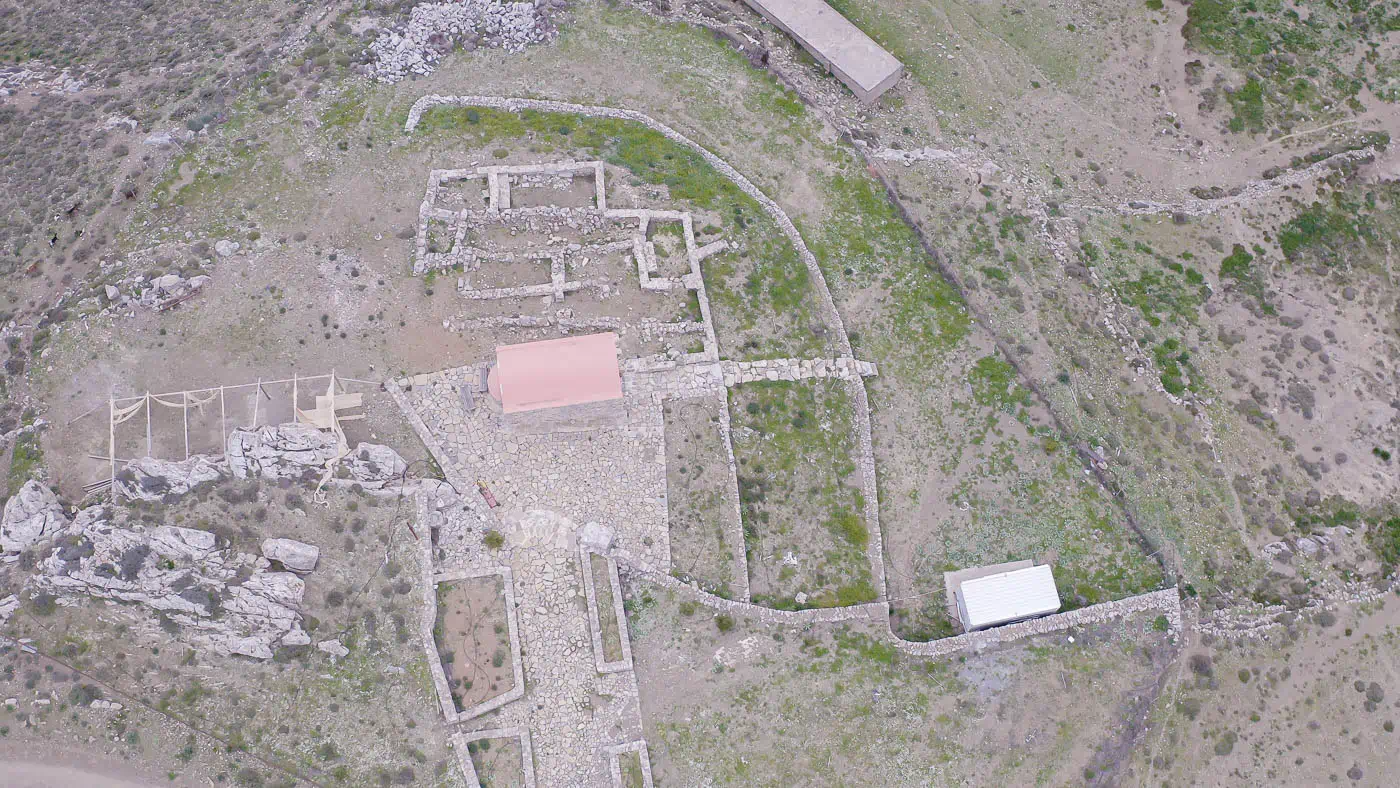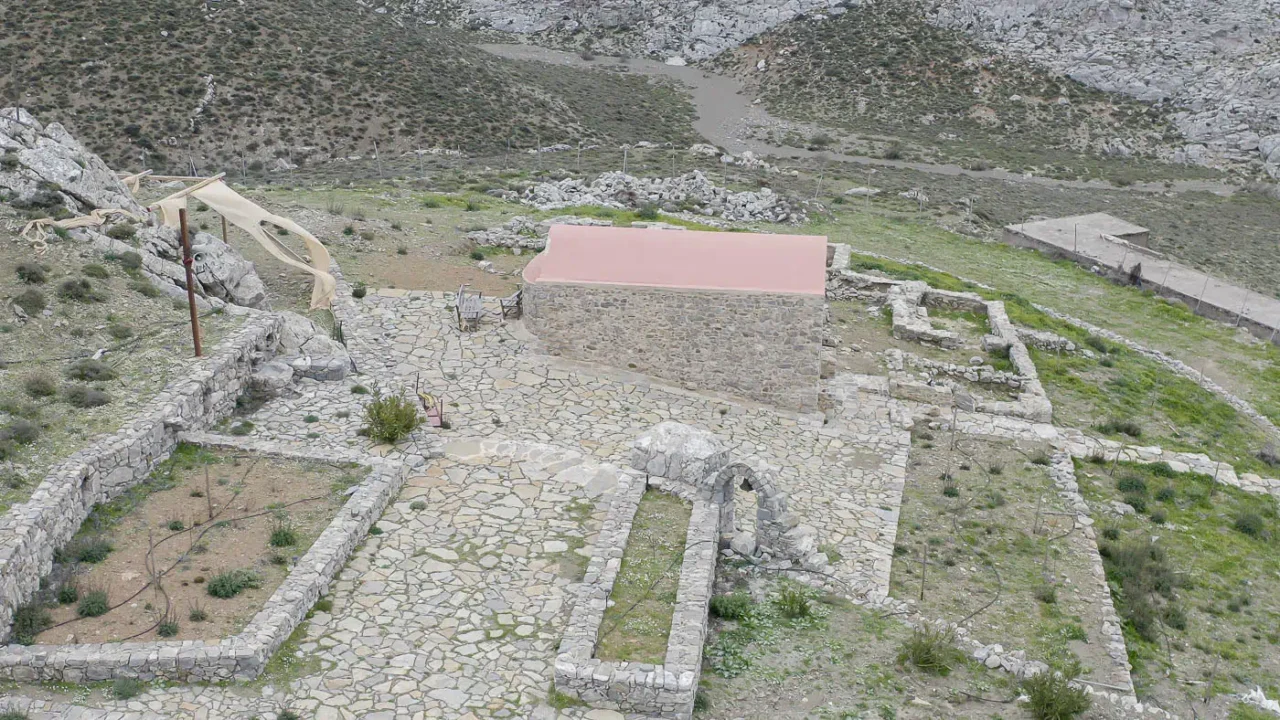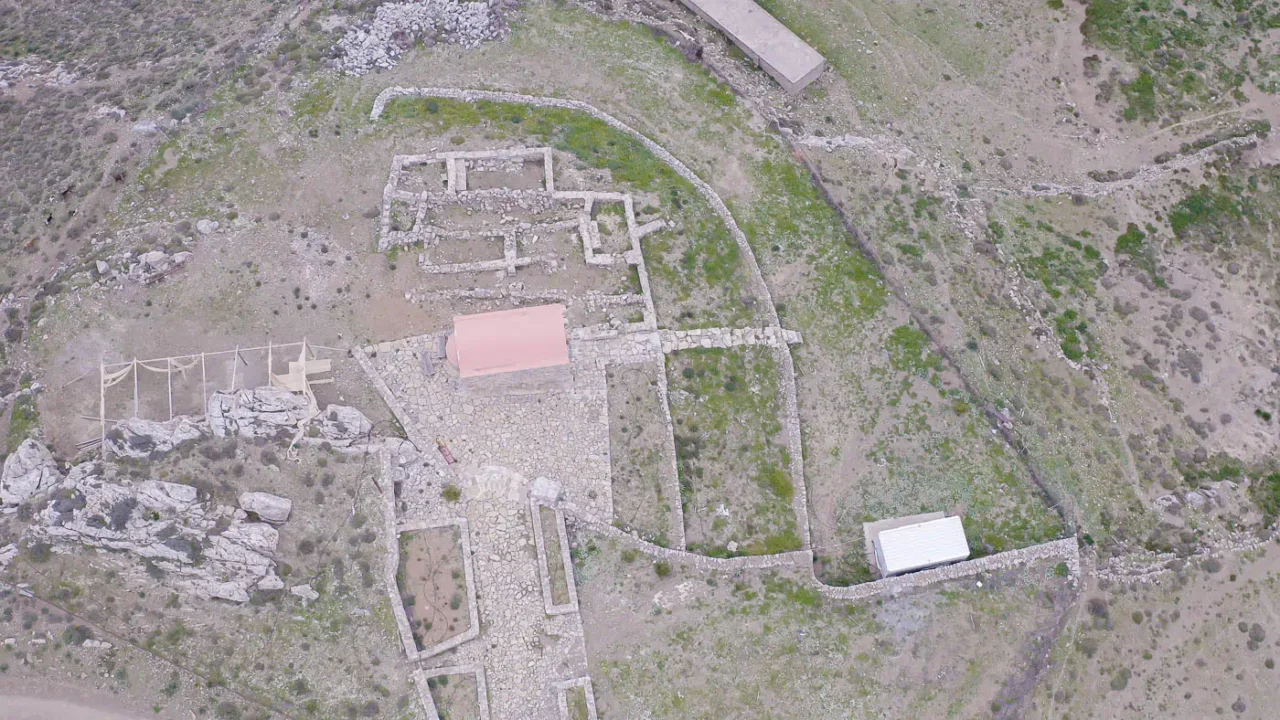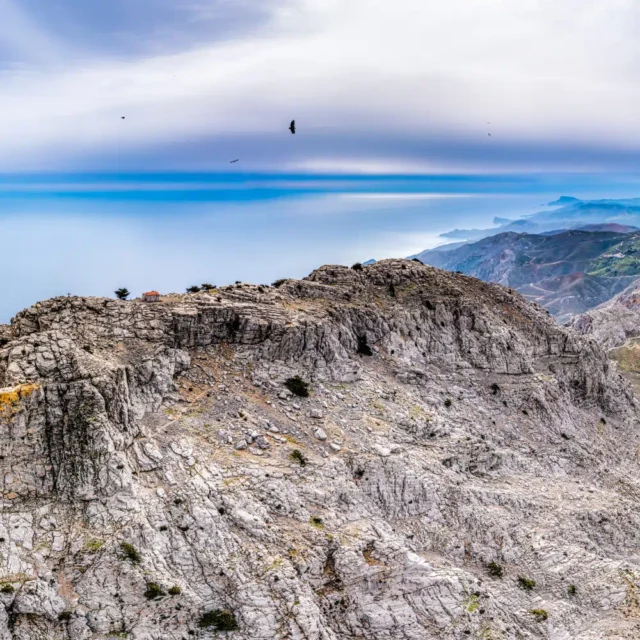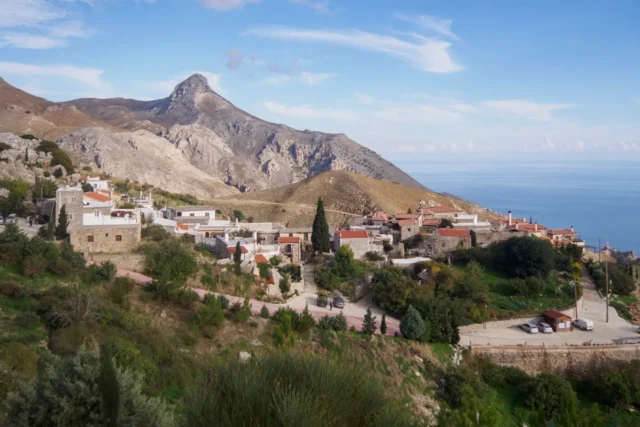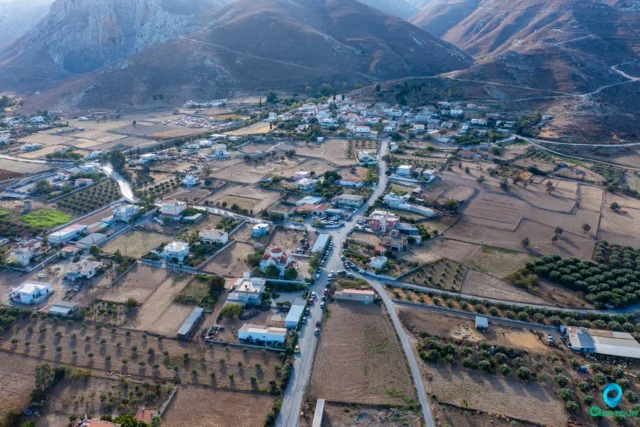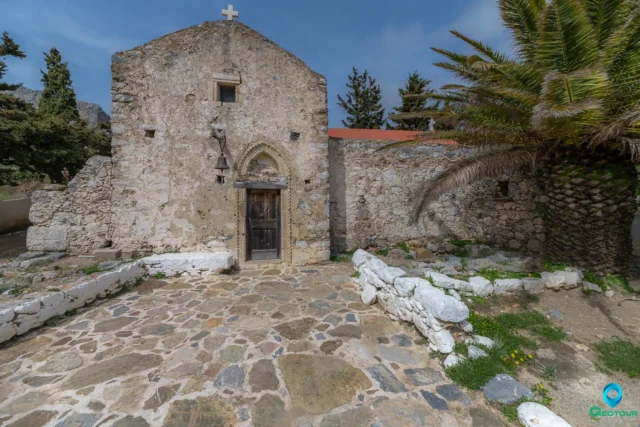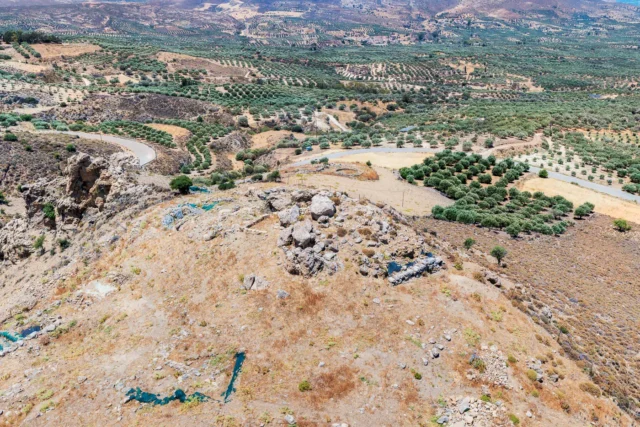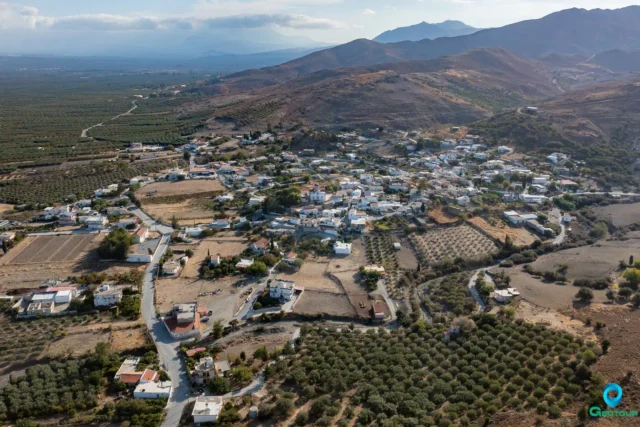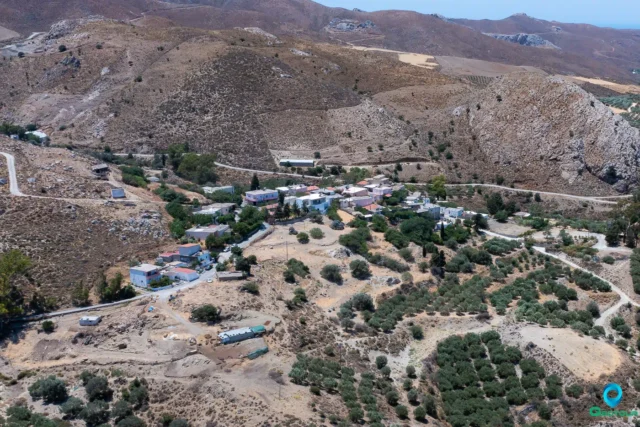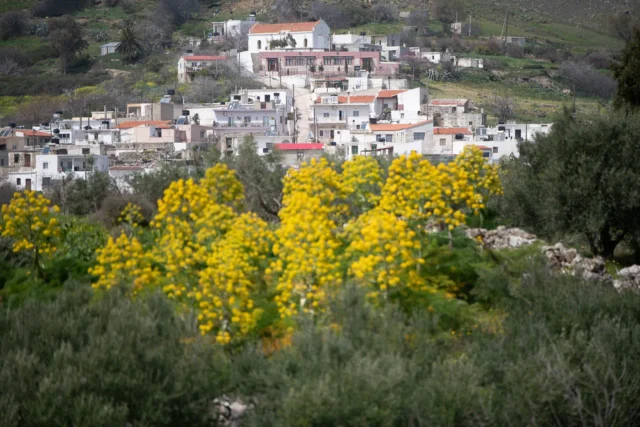Moni Trion Ierarchon Filagri (Monastery of the Three Hierarchs), is located in the rugged Asterousia Mountains in southern Crete. Established in the late 14th century by the monk and philosopher Joseph Filagris, the monastery holds a unique place in Greek history as the potential site of the “first Greek university.”
Historical Context
Joseph Filagris, a prominent scholar and Aristotelian commentator, founded the monastery during a period of Venetian rule and religious tension in Crete. The Venetian authorities had imposed restrictions on teaching the Greek language and actively promoted Roman Catholicism. Seeking a place of refuge and intellectual pursuit, Filagris retreated to the Asterousia Mountains, an area known for its monastic tradition and ascetic practices. The monastery’s remote location provided a safe haven for the preservation and transmission of Greek knowledge during a time of cultural suppression.
The Monastery’s Role as an Educational Center
At Moni Trion Ierarchon Filagri, Filagris established a school that offered instruction in a wide range of subjects, including philosophy, astronomy, grammar, theology, and medicine. This comprehensive curriculum, coupled with the monastery’s focus on preserving and copying ancient Greek texts, particularly the works of Aristotle, has led some scholars to consider it a precursor to a university. The monastery attracted students and scholars from across Crete and beyond, fostering a vibrant intellectual community.
Filagris’s Contribution
Joseph Filagris played a crucial role in safeguarding Greek intellectual heritage during a time of cultural and religious suppression. His dedication to scholarship and teaching ensured the continuation of Greek philosophical and scientific traditions, despite the challenges posed by Venetian rule. His work as a copyist and commentator on Aristotle’s writings further solidified his reputation as a leading intellectual figure of his time. Filagris’s legacy extends beyond his scholarly pursuits, as he also actively engaged in theological debates and defended Orthodox Christianity against Latin influences.
Archaeological Discoveries
Archaeological excavations conducted at the monastery site have revealed various structures, including monks’ cells, a kitchen, a refectory, storage rooms, and a guest house. These findings provide valuable insights into the daily lives of the monks and the monastery’s organization. Most notably, the discovery of a scriptorium, or writing room, provided evidence of the monastery’s role as a center for the preservation and dissemination of knowledge. The scriptorium likely housed a collection of manuscripts and writing materials, where Filagris and his students meticulously copied and studied ancient texts.
Current Status
The monastery’s church, which had fallen into ruin, was restored in 2015 and 2016. In 2016, a divine liturgy was held there for the first time in 600 years, marking a symbolic revival of the monastery’s spiritual and cultural legacy. Today, Moni Trion Ierarchon Filagri stands as a testament to the enduring power of knowledge and the resilience of Greek culture in the face of adversity. The monastery continues to attract visitors and pilgrims, who come to explore its historical significance and experience its serene atmosphere.
- Construction Period: Late 14th century
- Location: Asterousia Mountains, southern Crete
- Dimensions: The church measures approximately 10 meters by 5 meters. The surrounding monastic complex includes various structures, such as cells, a kitchen, a refectory, and a scriptorium.
- Historical Significance: Potential site of the “first Greek university,” center for preserving and copying ancient Greek texts, testament to the resilience of Greek culture during Venetian rule
- Current Status: Church restored, archaeological excavations ongoing, serves as a place of pilgrimage and cultural interest
References








